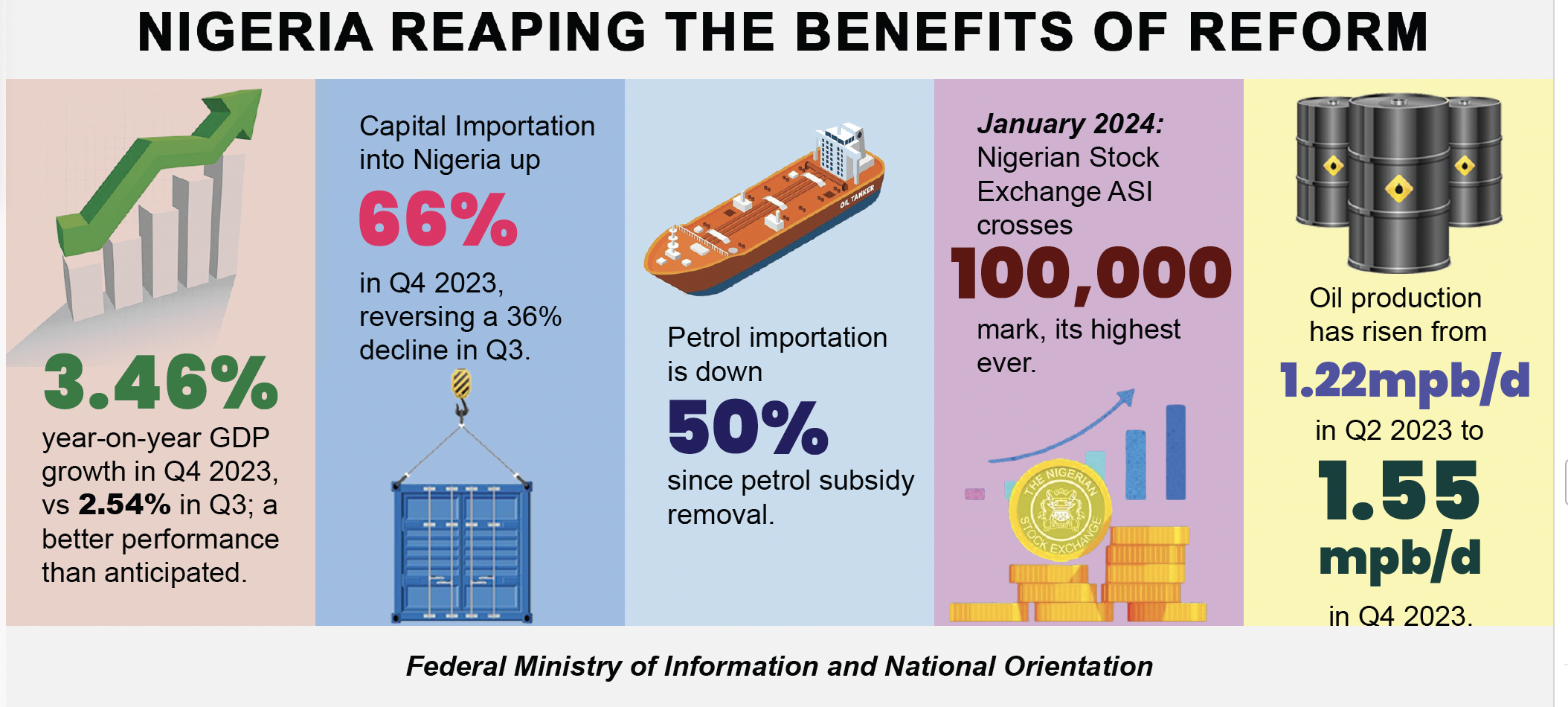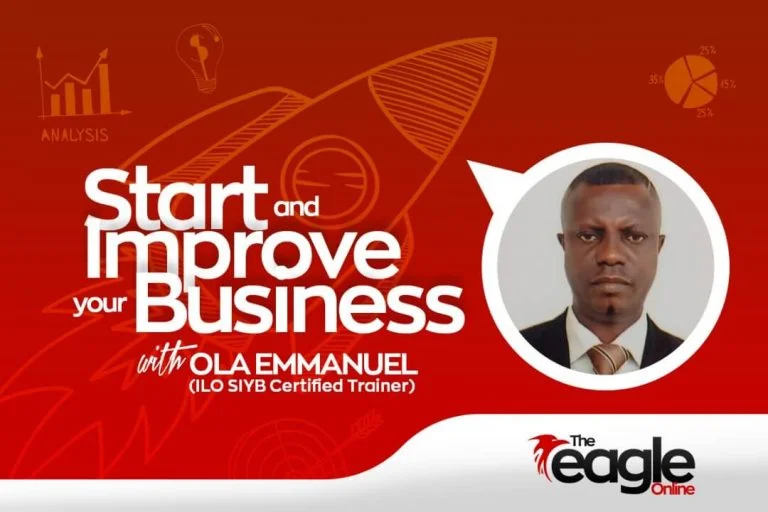Doing business today calls for extra vigilance because it is becoming difficult to predict costs. With currency value falling, costs of production inputs going up and more money is required by consumers to chase finished goods, rampant inflation means entrepreneurs need to be more attentive to how they do business. Selling at a loss due to inability to capture all costs that this piece focuses is different from ‘loss leader strategy’ – an attempt to sell at a price that is not profitable that is deliberately done in order to attract new customers or to sell more to existing customers.
In fixing your products selling price, you must know what it costs to make available a unit of the product to a customer.
You may know the price your suppliers release a product to you. If you are bringing the product to market to sell, it is a serious mistake if you just do a mark up and believe you are going to make a profit. A mark up selling price without first taking proper accounts of all costs associated with your business operations may lead you to selling at a loss.
The first lesson you to learn when you capture all your business costs is that not every tom, dick and harry can become your customers. Proper capturing of business costs will help you to know if you are targeting wrong customers or in you are already on the right path and good to go with your business.

To effectively capture all your business costs, you have to do some calculations: you need to find out direct costs and the administrative (indirect) costs. First, you have to calculate costs of materials for the production of the goods or the services you render you sell (as a producer). Also try to find out the fraction of the wages you pay to factory workers that should be apportioned to each unit of the product or service you sell.
If you are a wholesaler or you operate a retail outlet, please include transportation or shipping costs and other costs you may incur to bring in the products you want to sell. All other expenses such as rent, salaries of admin staff members, telephone bills, energy, etc. should be properly captured and included in the indirect costs. When you lay your hands on these costs, you will be able to say this is how much a product or service costs, and then you will be able to fix your selling price.
Before you fix the selling price, you have to first make an estimate of your indirect costs. When you have an estimate of the total indirect costs, it will give you an idea of what it will costs you to render your services or sell your product every month. If for instance you plan to sell 500 units of product and your total indirect cost estimate per month is N1,500,000, it means you are using N1.5m to service the sale of 500 units of goods in a month (i.e. it costs you N3,000 to sell one unit of your product). The amount of indirect cost you incur on each unit of product or service should be added to the direct cost per unit so that you can have an idea of the total costs of a unit of product.
When you have determined the total costs of each unit of goods (i.e. the costs of production and the indirect costs per unit) you will be able to know what price to fix to sell your product. It is your duty to fix your selling price but you should bear in mind the price your competitors are selling the product and how much your target customers are willing to pay. If your costs of product is higher than what customers are willing to pay, you need to go back to your business idea to identify again who really should be your customers, their needs, how you should package the products and where you can find the customers in large number to keep you in business.
. Emmanuel is a business planning consultant and founder of Leacent Incorporated Trustees, a network of entrepreneurs and group of cooperatives. He works with a team of international consultants to conceptualise and plan agribusiness and housing projects. As a certified trainer authorised to use the International Labour Organisation’s enterprise development modules, he trains entrepreneurs and organises workshops and seminars for potential and practising entrepreneurs as well as business managers and cooperatives. He also speaks and facilitates at leadership and management workshops on invitation. His book, Business Planning Made Easy: Step by Step Guide On How To Turn Your Idea To Profitable Business’ is the latest of the books authored by him. Tel.: +234(0)9068602954 (call and sms), +234(0)8023257707 (whatsApp only).


